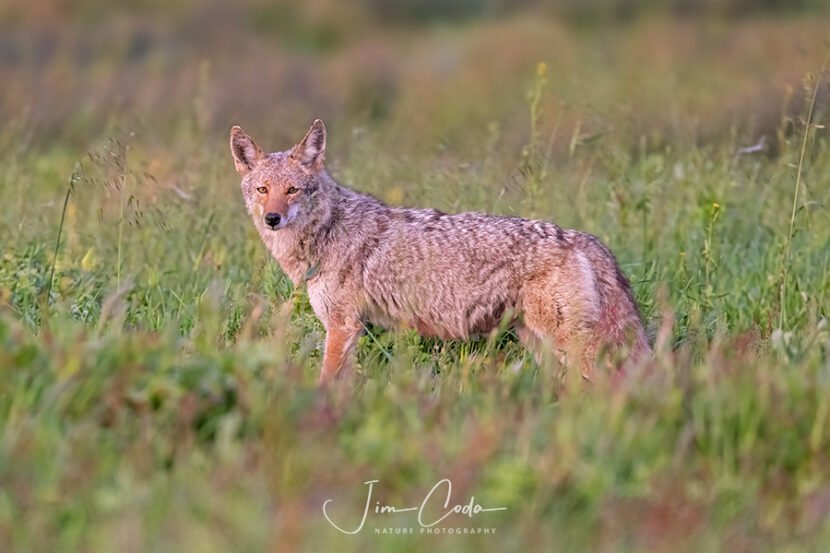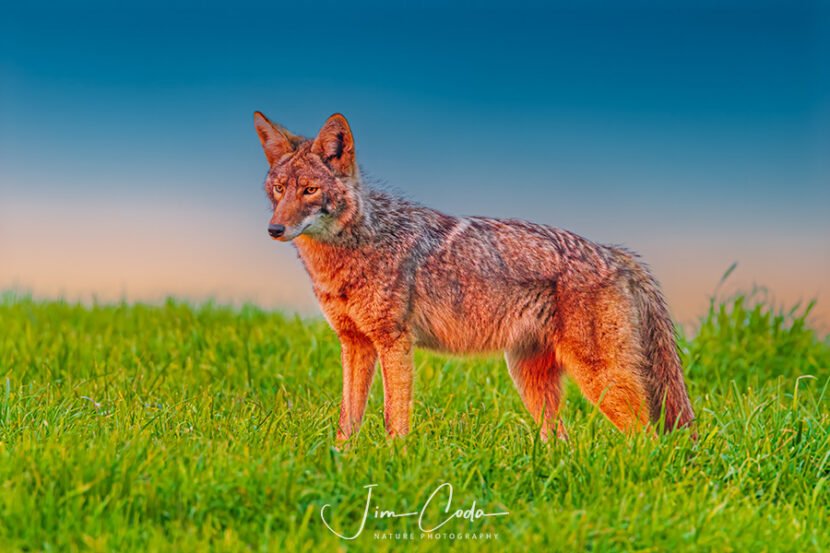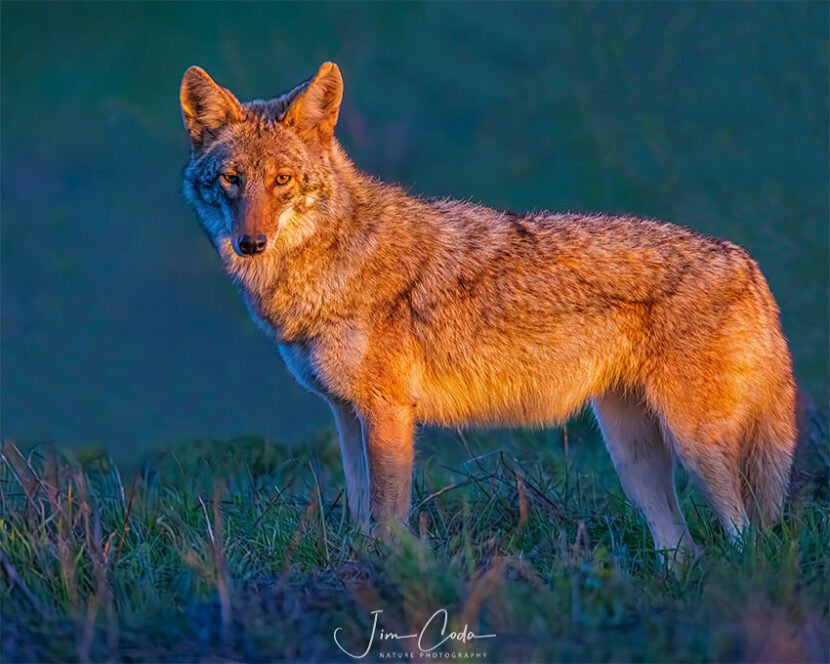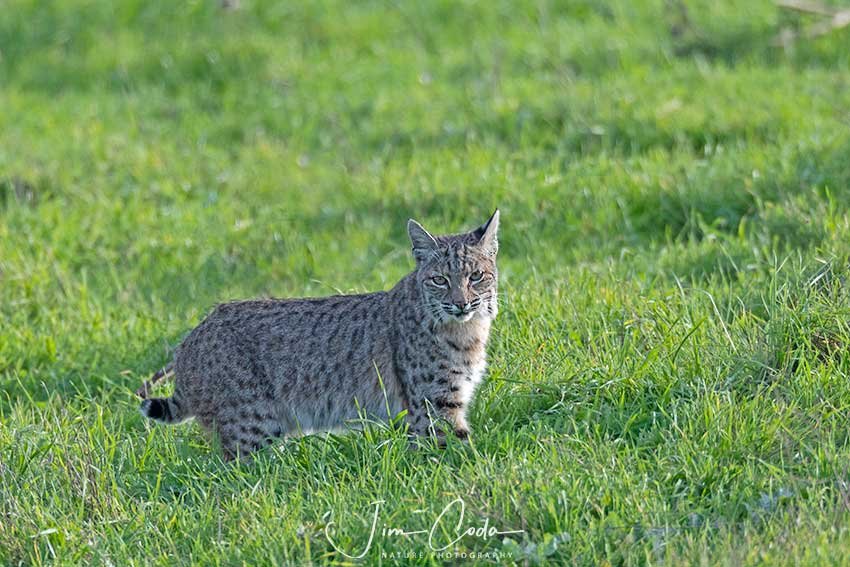Coyote, Point Reyes National Seashore

I shot this photo yesterday at my favorite time, sunset. My goal for the day was to get some shots of bull tule elk now that their antlers are covered in velvet, but I had no luck there. Saw a number of cow elk in the north end of the ranching area. I’d love to know how many of the old elk reserve elk have left it now that the Park Service has removed a large portion of the old elk fence. Saw a few bobcats, but the tall spring vegetation kept them mostly covered.






